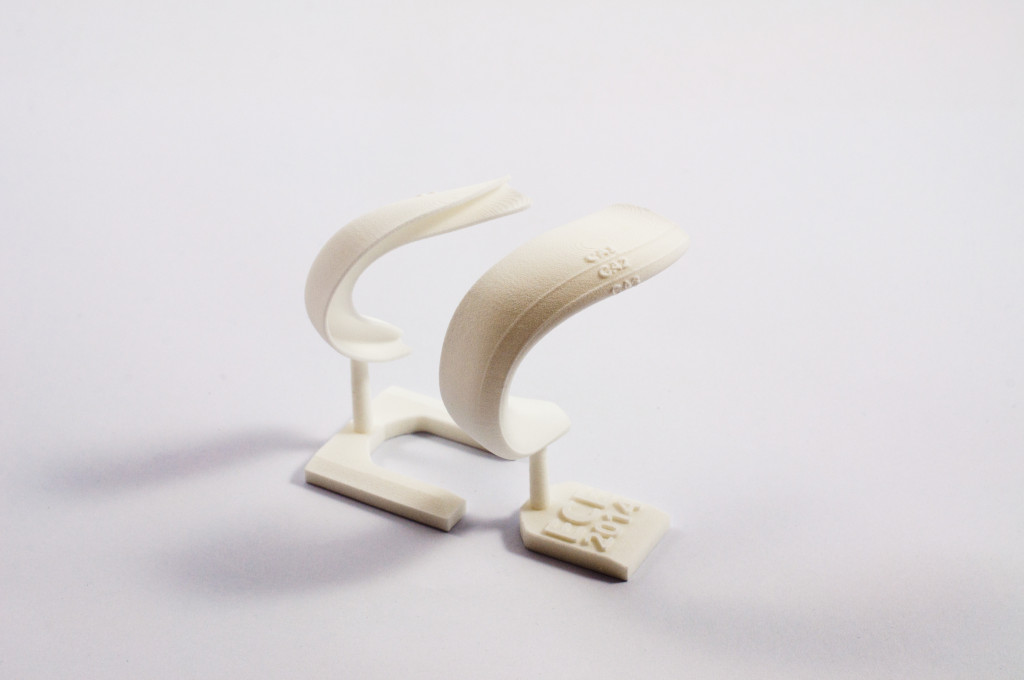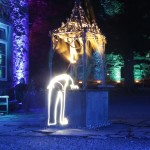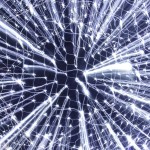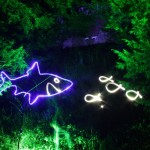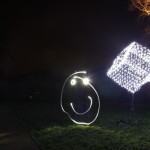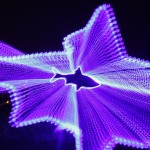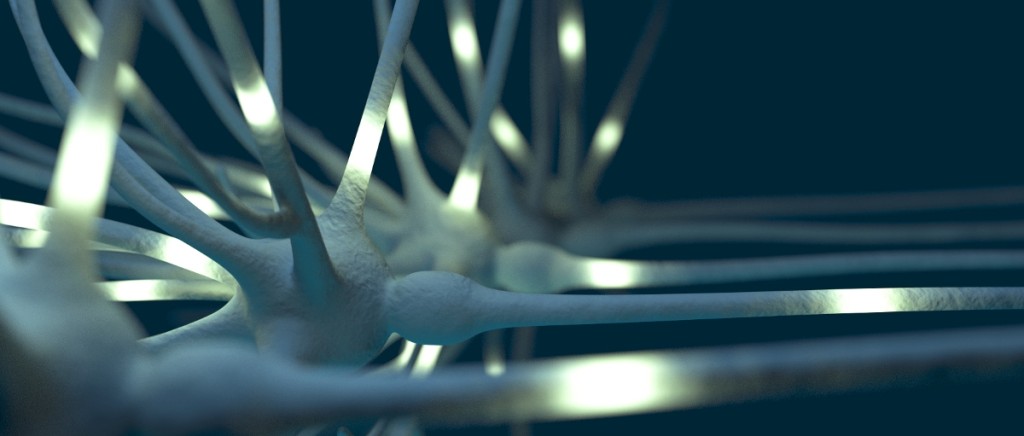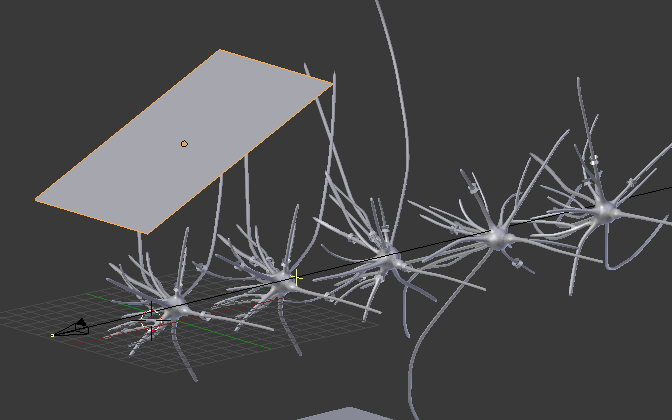I find it fascinating that the complexity of any biological structure, and the brain in particular, is the result of a low-dimensional encoding, simple developmental mechanisms and external input. This visualization of abstract growing structures gives a pretty good idea of how we can think of this process. Apart from that, these structures look absolutely stunning.
Category Archives: Art
How to print 54 rat hippocampus models in one week?
Recently, we had the Memory and Mind workshop of the European Cluster of Excellence in our lab. On short notice, the organizers of this workshop approached me to ask whether I could organize 54 3d-printed models of the rat hippocampus for the participants. The models need to be printed within the next 7 days in order to give them to the participants.
It turned out, that most 3d printing services (and we needed one with selective laser sintering) simply cannot deliver within such a short time. Fortunately, I found trinckle, a startup in Berlin, who managed to produce and deliver 54 models of the rat hippocampus right on time to hand them out to the participants of the workshop at the last day. They now published a nice posting about the hippocampus and the 3d-model (in German). Thank you!
Night photography
I recently had the opportunity to go out for a night photography session and became a fan of light painting.
Neural network visualization
Recently, I was asked to create an abstract illustration of my current project. This is what I came up with. I work on an artificial neural network model of the cortex-hippocampus-loop in the brain. In particular, I am interested in the transformation of population activity into a spatio-temporal spiking pattern that results from converging connections from the cortex to the hippocampal loop. Spike-timing and heterogenous conduction delays between neurons are crucial properties in this model.
The picture was created in Blender and rendered in Cycles.
How Animation is Made
When you are interested and familiar with animation projects, most of the things Turi Scandurra has to say may sound familiar to you. But nevertheless, it is quite intriguing to see which thoughts and aims guided the design process of his animation “oranguerrilla”. Thanks for creating this 10min “these were my thoughts while I created the movie”-video.
Canon DSLRs can now shoot in RAW
Amazing, Canon DSLRs like the 5D Mark III but even the 550D can now shoot in RAW format thanks to Magic Lantern.
14 bit Magic Lantern RAW video (and RAW HDR video) on 5D2 from Africashot on Vimeo.
Scale2
Explore the new Scale of the Universe from Joe Hanson on Vimeo.
The Power of Ten is an absolute classic, maybe the first video that shows a continues zoom across all scales of the universe. Thanks to the Worm Singularity I discovered today Scale2 which seems to me the modern pendant of the Power of Ten, making use of todays techniques in depicting the various scales on which we can identify objects. A very nice application and again an impressive demonstration of the complexity and size of the world we live in.
Blender scripts for creating Slideshows
This is maybe just the beginning but I thought I share it already because in the next couple of weeks I have no time to continue working on these scripts. I recently created a slideshow in the Video Sequence Editor (VSE) of Blender. The VSE has originally not been designed for creating slideshows (e.g. in contrast to the Windows Movie Maker) but with a few scripts, which restore the aspect ratio of images and which add pans and zooms to an image, it is pretty easy and straightforward to put a slideshow together. The scripts and a more detailed description can be found in this post at BlenderArtists.org.

